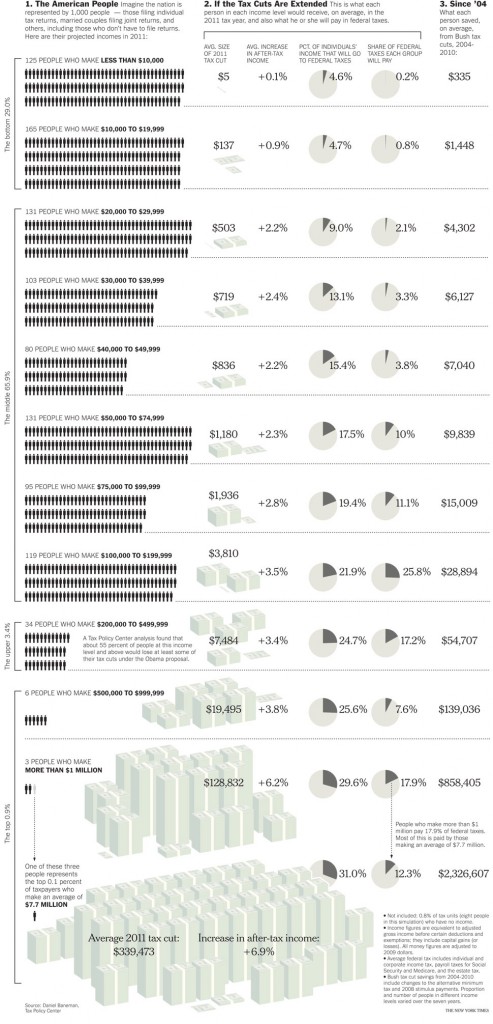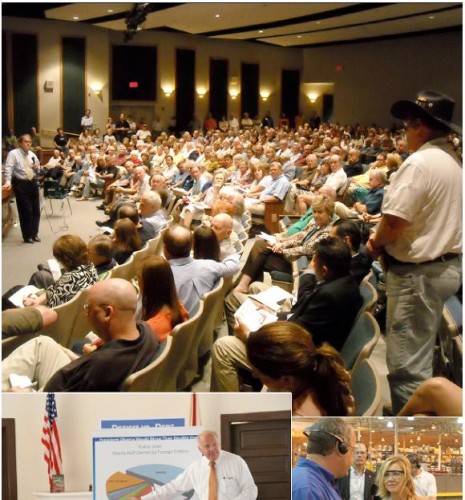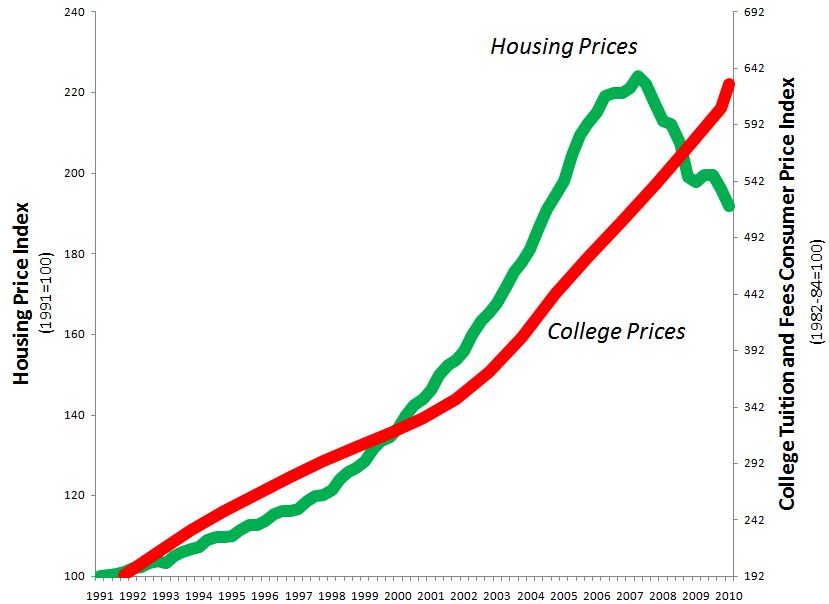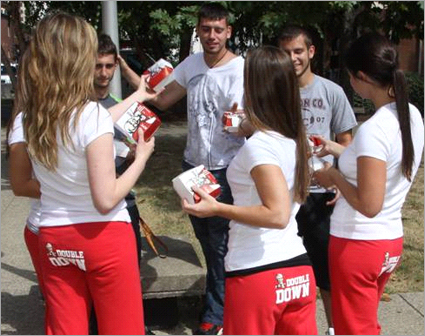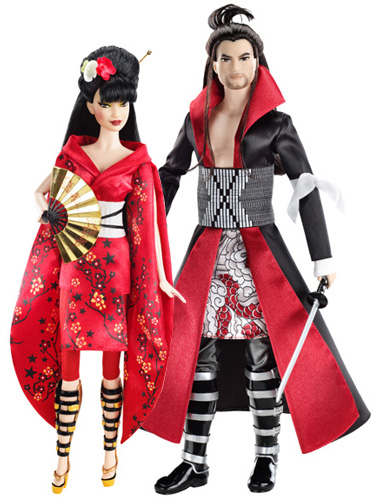Dmitriy T.M. let us know that Matthew Yglesias posted an interesting graph that compares the actual distribution of wealth in the U.S. compared to what different groups estimate the distribution to be:
As Yglesias says, it’s striking not just that we underestimate how much wealth the top 20% control, but how little the poorest Americans do. Americans imagine the poor to have many, many more financial resources than they actually do.


